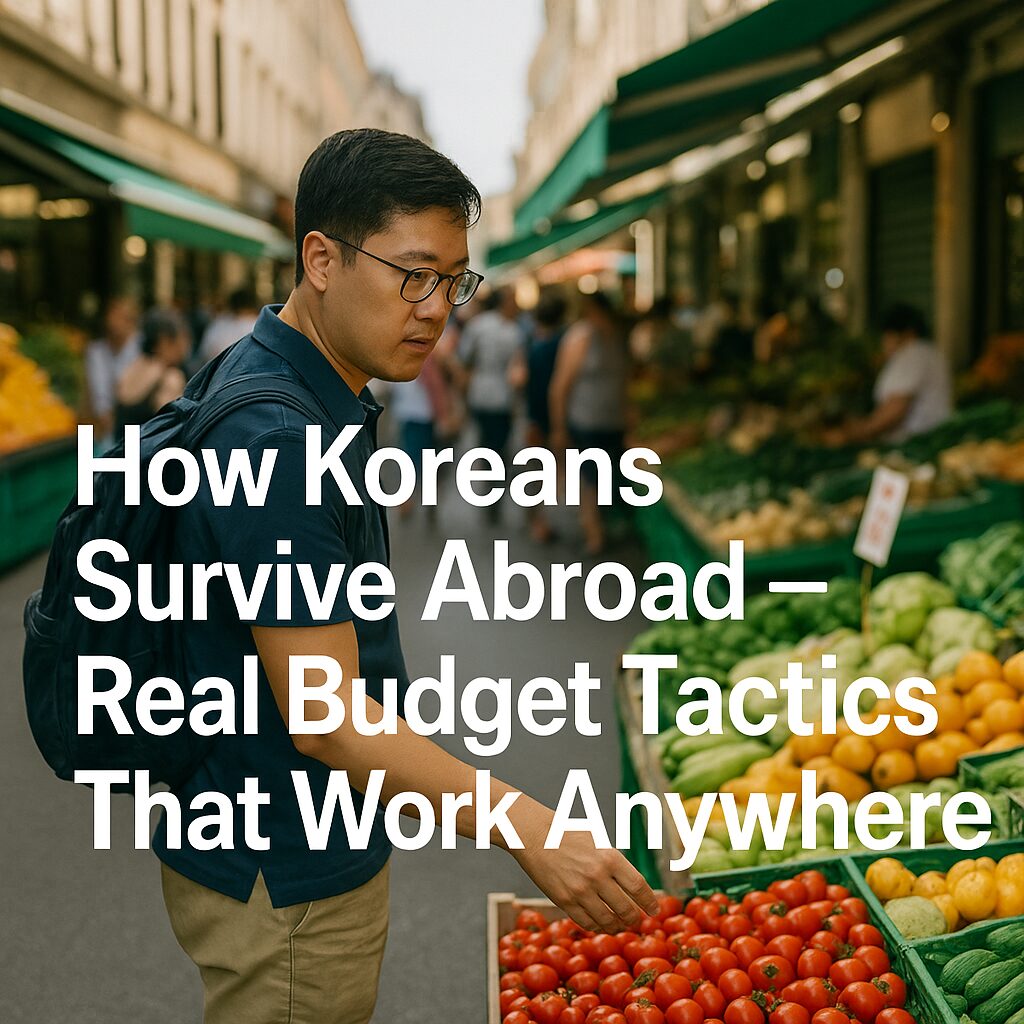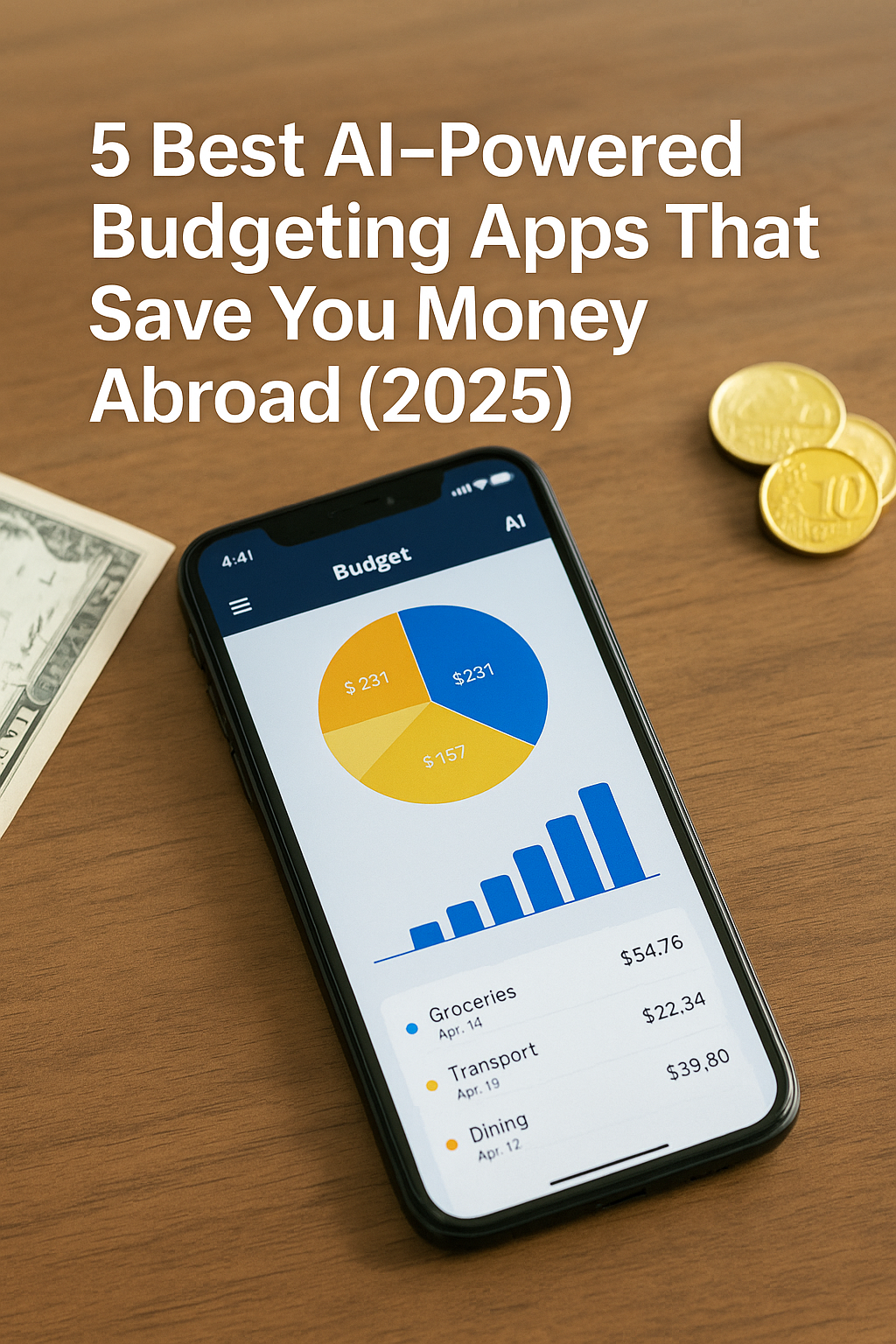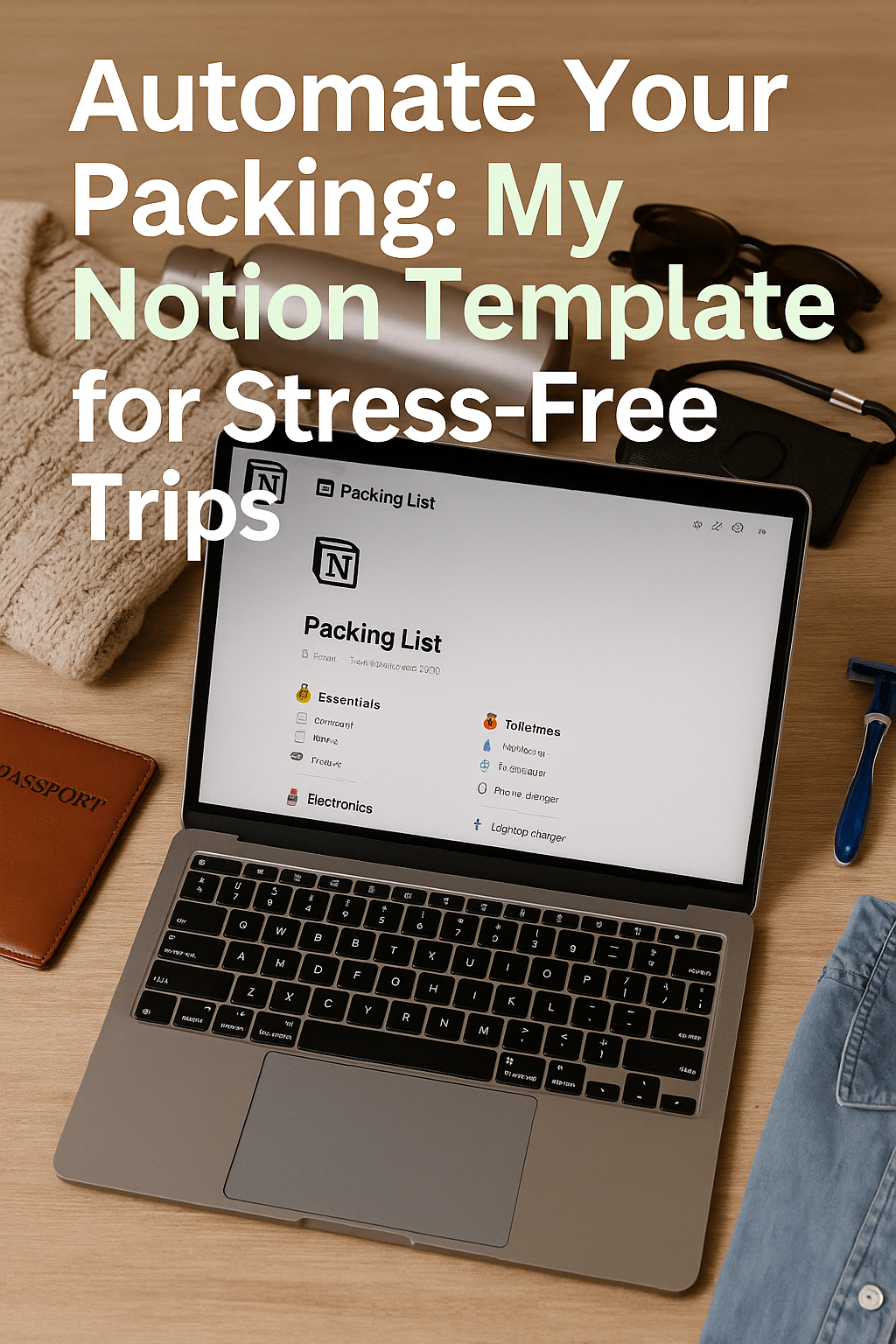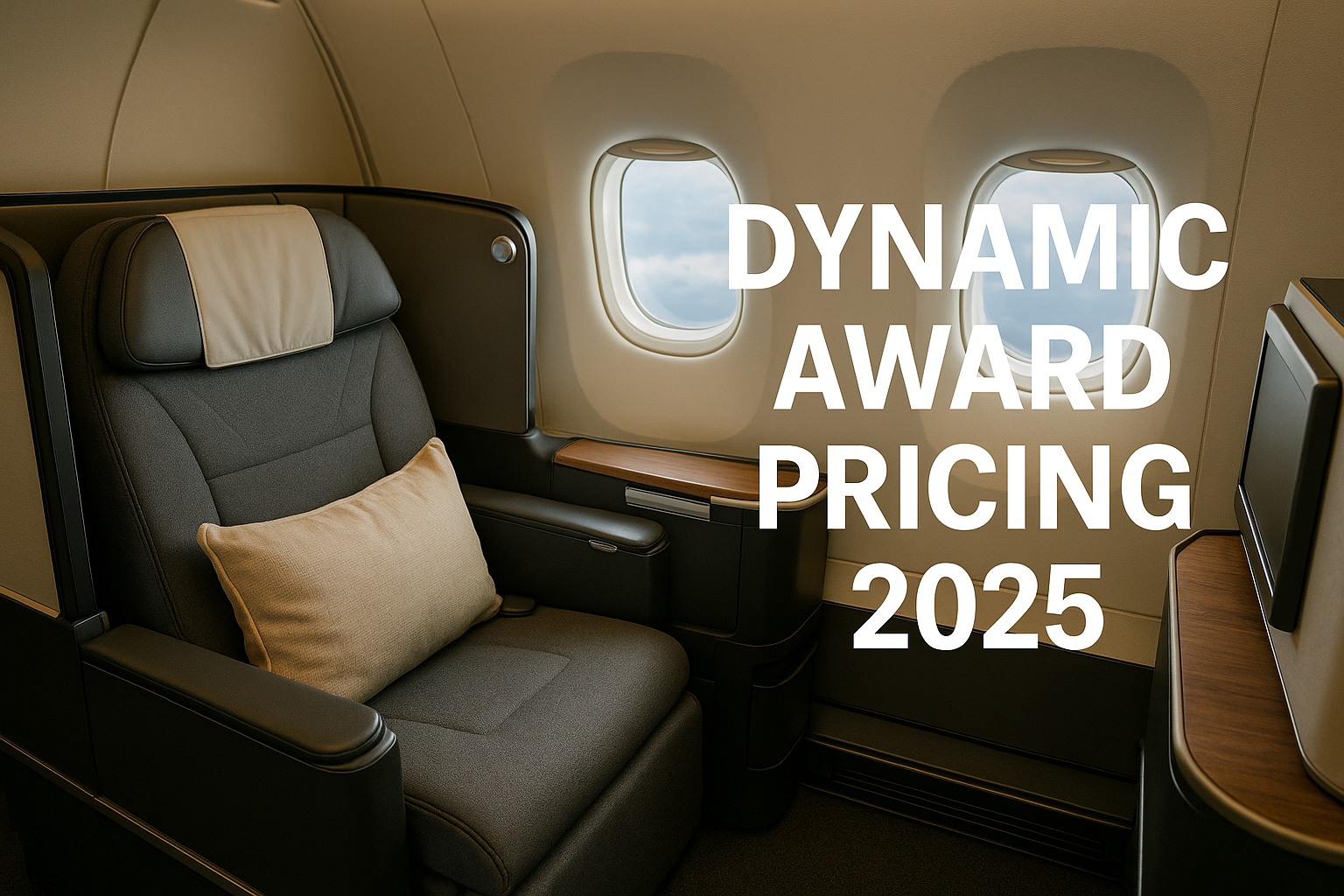In today’s hyperconnected world, traveling and working abroad means juggling multiple currencies, fluctuating exchange rates, and unfamiliar spending patterns. Traditional budgeting tools often fall short when you’re hopping between countries and payment methods. AI-powered budgeting apps fill that gap by automatically categorizing expenses, forecasting future spending, and even suggesting optimizations tailored to your unique travel profile. In this guide, we’ll explore the five best AI-driven budgeting apps that help you save money abroad—covering features, pricing, security, and practical tips for making the most of each.
By the end of this article, you will be able to:
- Understand why AI budgeting is essential for international travelers
- Evaluate top apps based on core features and global compatibility
- Leverage predictive insights to anticipate and reduce overspending
- Integrate multiple bank accounts, cards, and wallets seamlessly
- Implement best practices for data privacy and security
1. Why AI Budgeting Matters for Travelers
1.1 Real-Time Currency Conversion
Manual currency conversion is error-prone and time-consuming. AI apps automatically detect the transaction currency, fetch real-time exchange rates, and display expenses in your base currency—eliminating surprises at month’s end.
1.2 Automated Expense Categorization
Rather than tagging each expense yourself, AI algorithms learn your spending habits (e.g., dining, transport, accommodation) and categorize new charges instantly. Over time, categorization accuracy exceeds 90%, giving you an accurate, up-to-date view of where your money goes.
1.3 Personalized Spending Insights
AI goes beyond static charts: it identifies your “spending anomalies”—for example, nights when dinner expenses spike in a new city—and offers tailored recommendations (e.g., switch to a local street-food vendor or seek a different co-working cafe).
2. App #1: TravelSpend AI
2.1 Key Features
- Global Currency Support: 180+ currencies with automatic detection
- AI-Driven Alerts: Notifications when you exceed your daily or weekly preset budget
- Location-Based Tagging: Automatically applies merchant names and locations to transactions
2.2 Pricing
- Free Tier: Up to 10 transactions/month, basic AI insights
- Pro Tier ($4.99/month): Unlimited transactions, priority AI support, multi-currency wallets
- Annual Discount: 20% off when billed yearly
2.3 Strengths & Weaknesses
- Strengths: Intuitive map-based expense explorer, strong multi-currency handling
- Weaknesses: Limited integrations with European neobanks; occasional syncing delays
2.4 Ideal Use Case
Backpackers and digital nomads on a shoestring budget who need light AI assistance without a steep subscription fee.
3. App #2: Wizely Budget
3.1 Key Features
- AI Chatbot Advisor: Ask “How much did I spend on taxis in Lisbon?” and get instant breakdowns
- Forecasting Engine: Predicts next month’s spending based on historical patterns with 85% accuracy
- Goal Tracking: Set savings goals for a specific city or trip, and the AI alerts you if you’re off track
3.2 Pricing
- Basic ($2.99/month): Up to 3 linked accounts, AI chatbot access
- Plus ($6.99/month): Unlimited accounts, spending forecasts, goal tracking
- Enterprise for Teams: Custom pricing for groups or couples traveling together
3.3 Strengths & Weaknesses
- Strengths: Natural-language interface feels like texting a personal finance coach
- Weaknesses: Forecast accuracy dips during rapid travel schedule changes
3.4 Ideal Use Case
Frequent travelers and expats who want conversational AI guidance and advanced forecasting to stay on budget.
4. App #3: NomadNest
4.1 Key Features
- Subscription Management: Detects recurring digital nomad services (VPNs, co-working memberships) and flags high-cost subscriptions
- “Spending Capsule” Reports: Weekly email briefs summarizing by-category trends and money-saving tips powered by AI
- Split-Bill Calculator: Instantly calculates shared expenses when traveling in groups
4.2 Pricing
- Free Plan: Core expense tracking, limited AI suggestions
- Pro Plan ($5.99/month): All features unlocked, API access for custom dashboards
4.3 Strengths & Weaknesses
- Strengths: Excellent at identifying and trimming redundant subscriptions
- Weaknesses: Lacks offline expense entry for intermittent connectivity
4.4 Ideal Use Case
Digital nomads and long-term travelers managing multiple subscriptions and shared costs within a community or co-living arrangement.
5. App #4: Currensee
5.1 Key Features
- Smart Transfer Recommendations: AI analyzes multi-currency balances and suggests optimal transfers to minimize forex fees
- Integrated Travel Card: Comes with a prepaid card offering zero-markup on exchange rates up to a monthly limit
- Live Analytics Dashboard: Web and mobile dashboards refresh in seconds for up-to-the-minute spending data
5.2 Pricing
- Starter (Free): Basic budgeting, 1 prepaid card, 2 currency wallets
- Traveler ($9.99/month): Unlimited wallets, premium AI transfer alerts, 24/7 live chat support
5.3 Strengths & Weaknesses
- Strengths: Unique prepaid card integration, detailed transfer insights
- Weaknesses: Higher subscription cost; premium features gated behind more expensive tier
5.4 Ideal Use Case
Frequent multi-currency travelers and small business owners who need to optimize forex transfers and access a dedicated travel card.
6. App #5: SageSpend
6.1 Key Features
- Expense Snapshot Emails: Daily AI-curated email recaps highlight unusual spending activity and suggestions
- Machine Learning Budget Adjustments: Automatically tweaks your monthly budget allocations as your spending evolves
- Security AI: Monitors for fraudulent or duplicate charges and sends instant fraud-detector alerts
6.2 Pricing
- Standard ($3.49/month): Up to 5 linked accounts, basic security alerts
- Premium ($7.49/month): Unlimited accounts, full ML budget tuning, dedicated fraud hotline
6.3 Strengths & Weaknesses
- Strengths: Outstanding fraud detection with rapid notifications
- Weaknesses: Less robust multi-currency support, best suited for travelers with one or two foreign currencies
6.4 Ideal Use Case
Travelers deeply concerned about card security and those who prefer AI-powered fraud monitoring alongside budgeting.
7. Implementing AI Budgeting Best Practices
7.1 Centralize Account Connections
Link all relevant accounts—credit cards, bank accounts, e-wallets—to a single app to give the AI full visibility. Avoid siloed spreadsheets, which bypass AI categorization and forecasting algorithms.
7.2 Calibrate Your Notifications
Customize alert thresholds for categories where you tend to overspend. For instance, set a 20% lower daily dining budget early in your trip to maintain discipline in expensive cities.
7.3 Review AI Suggestions Weekly
Schedule a weekly “budget check-in” where you review the AI-generated report, adjust budget buckets as needed, and set new goals for the upcoming week.
7.4 Combine with Manual Tracking for Large Purchases
For major one-off expenses (e.g., equipment purchases), log these manually with more detailed notes so the AI can learn and categorize appropriately in the future.
8. Security and Data Privacy
8.1 End-to-End Encryption
Choose apps that encrypt data both in transit and at rest. Look for AES-256 or better, and confirm that the provider does not store unencrypted backups.
8.2 GDPR and Global Compliance
If you’re traveling within or to the EU, ensure the app is GDPR-compliant. Likewise, check compliance with data-privacy laws in your home country and the countries you visit.
8.3 Local Cache and Offline Mode
When connectivity is unreliable, apps with encrypted local caches allow you to record expenses offline; the AI syncs changes once you’re back online.
8.4 Transparent Privacy Policies
Read the privacy policy to confirm that your data won’t be sold to third parties. Premium apps often make bold transparency statements and undergo independent security audits.
9. On-Page SEO and CTA Integration
9.1 Target Keywords
- Primary: “AI budgeting app for travelers 2025”
- Secondary: “multi-currency expense tracker,” “automated travel budgeting”
9.2 On-Page Elements
- Title Tag: 5 Best AI-Powered Budgeting Apps That Save You Money Abroad (2025)
- Meta Description: “Discover the top 5 AI-driven budgeting apps for travelers in 2025—real-time currency conversion, predictive insights, fraud alerts, and more.”
- Headings: Use H2 for each app section, H3 for feature/pricing/pros-cons
9.3 Effective CTA
“Ready to level up your travel finances? Try [App Name] free for 30 days and see how AI-powered insights can save you hundreds on your next trip.”
Embed affiliate or referral links within the CTA for accurate conversion tracking.
Conclusion
AI-powered budgeting apps are revolutionizing how we manage money on the move. From TravelSpend AI’s intuitive multi-currency support to Currensee’s smart transfer recommendations, there’s a solution tailored for every type of traveler. By centralizing all accounts, calibrating notifications, and following best security practices, you can harness AI to anticipate spending pitfalls, optimize currency exchanges, and ultimately save money abroad.
Stay tuned for Part 5: How to Legally Reduce Tax Liability as a Remote Worker Abroad (2025 Edition).









